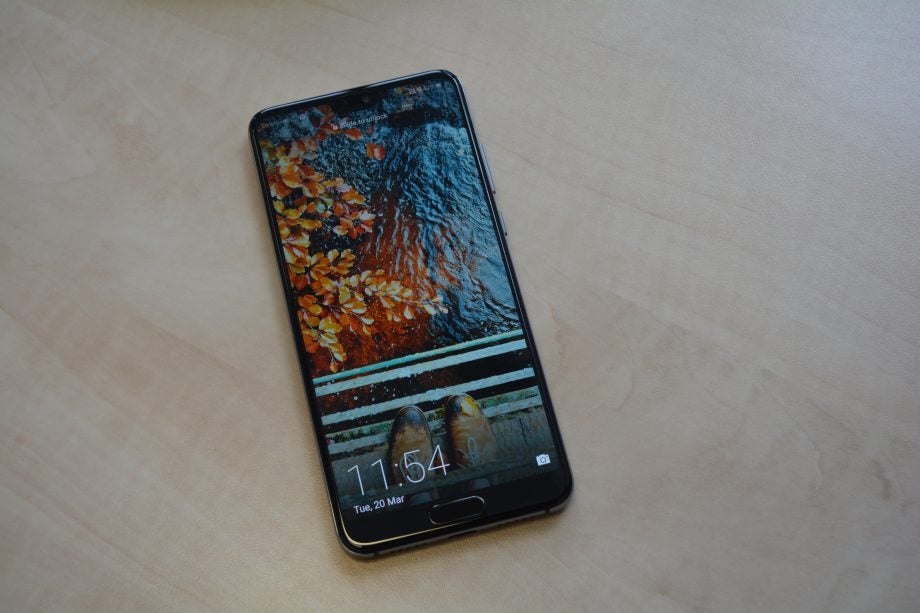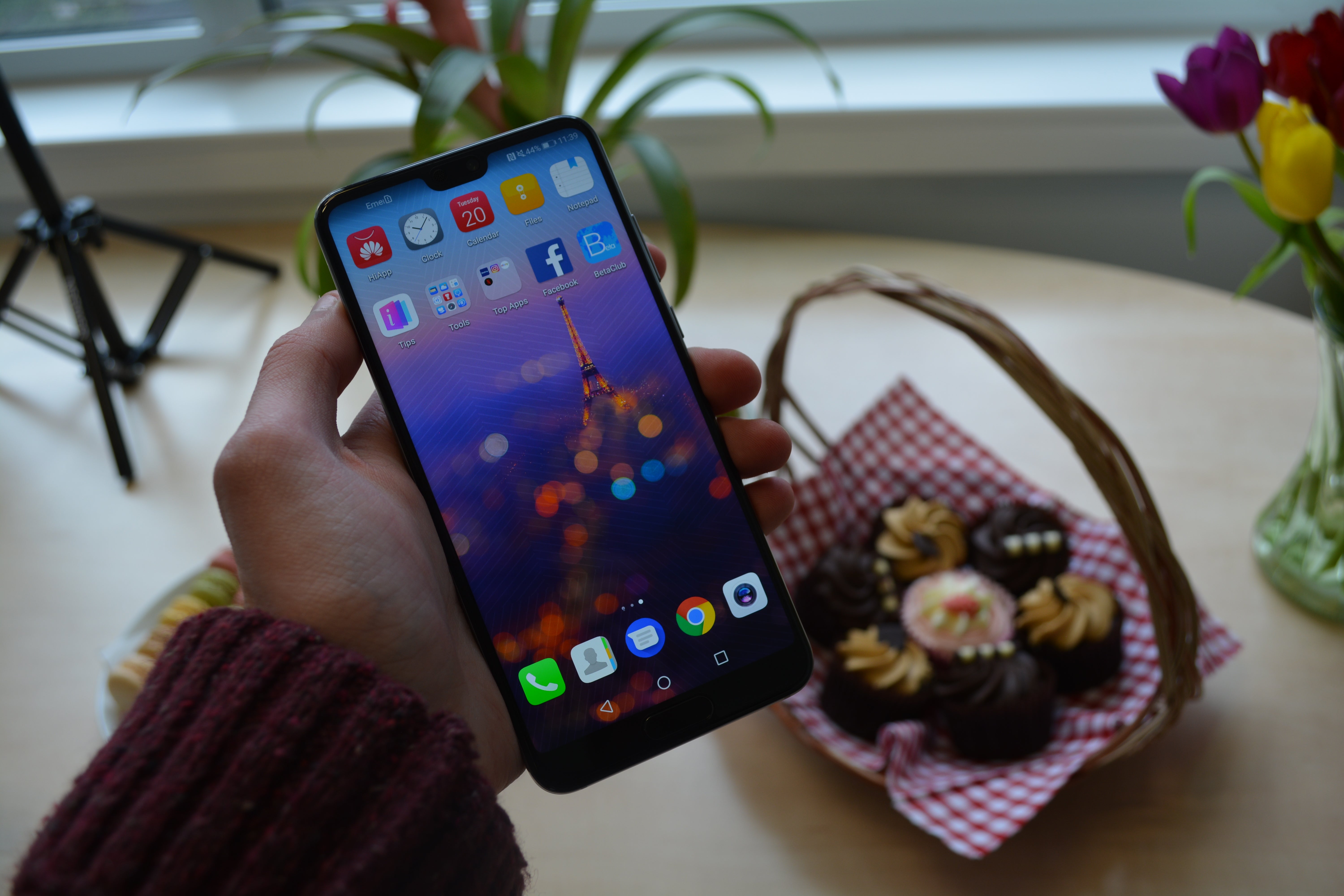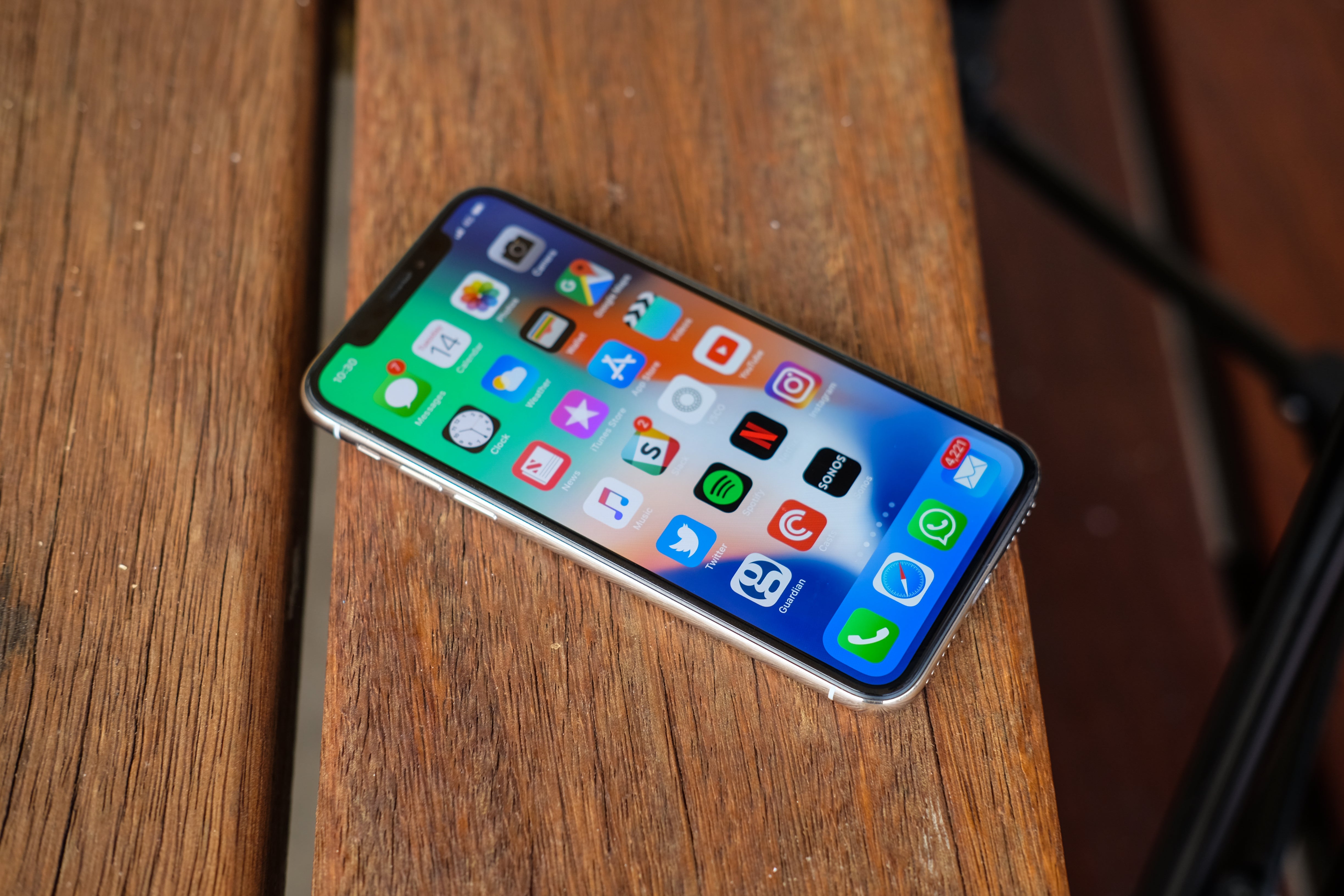Huawei P20 vs iPhone X: Two titans take to the arena

Huawei P20 vs iPhone X: The latest Apple vs Android grudge match is now
We’ve already established that the all-new Huawei P20, which was showcased at a dedicated event in Paris on March 26, has what it takes to rival the Samsung Galaxy S9, but is it well enough equipped to take on Apple’s flagship iPhone X, a handset that is referred to as the crème de la crème of modern smartphones? Let’s find out.
Huawei P20 vs iPhone X Design: What’s the difference?
The Huawei P20 sports a similar design to the iPhone X. There’s an edge-to-edge screen on the front, complete with a ‘notch’ cut-out that’s used to house vital components, including the front-facing camera; a vertically-mounted dual-camera on the rear; and the build itself comprises of a mixture of glass and aluminium.

Huawei P20
Now let’s talk about the differences. The Huawei P20, unlike the iPhone X, has a small lip at the bottom of the screen, casing a capacitive Home button, as well as a fingerprint reader – while Apple’s top-of-the-line device only has Face ID. The design itself is also a little more box-like, making it a little more comfortable in the hand.
Here’s what’s interesting, though: both the Huawei P20 and iPhone X are missing a 3.5mm headphone jack. That, as I’ve said in the past, leaves those wanting to connect an AUX cable with no choice other than to use an aftermarket adapter – with pricing starting at £5 for the most basic and topping out at £49 for the most complex.
Huawei P20 vs iPhone X Specs: Which is more powerful?
That’s a good question. The Huawei P20 comes out on top – on paper – with its 5.8-inch near-edge-to-edge FullView screen (1080 x 2280), Kirin 970 CPU, 4GB of RAM, 128GB of expandable internal storage and 3400mAh non-removable cell. It also has an AI-driven dual-camera (12MP + 20MP) and a 24MP front-facing shooter.
The iPhone X, on the other hand, has a higher resolution 5.8-inch near-edge-to-edge screen (1125 x 2436), though it falls short in all other aspects: it has an in-house A11 Bionic CPU, 3GB of RAM, 64/256GB of non-expandable internal storage, a dual-camera setup (12MP + 12MP), a 7MP selfie shooter and a 2716mAh cell.

iPhone X
I should note, however, that raw specifications aren’t indicative of real-world performance, so there’s a chance our opinion will change once we’ve had some more time to use the handset – and you’ll need to wait for our comprehensive review, which is set to arrive in the not-too-distant future, to find out whether that’s the case.
It’s difficult to compare the Huawei P20 and iPhone X in the software department. Huawei’s handset ships running the latest build of Android 8.1 Oreo, while Apple’s comes with iOS 11 out of the box. Both are fantastic mobile operating systems that excel in their own areas, so we’re going to reserve judgement for now.
Here’s a full breakdown of the internal differences between the Huawei P20 and iPhone X:
| Huawei P20 | iPhone X | |
| Battery | 3400mAh (Huawei Super Charge) | 2716mAh |
| Camera (Front) | 24MP | 7MP |
| Camera (Rear) | 12MP + 20MP | 12MP + 12MP |
| Display | 5.8-inch FullView FHD+ | 5.8-inch Retina |
| Processor | Kirin 970 | A11 Bionic |
| Storage | 128GB (expandable via microSD) | 64/256GB |
| RAM | 4GB | 3GB |
Huawei P20 vs iPhone X Summary: What’s the difference?
Design: The iPhone X is the winner here with its sort-of-symmetrical design and IP67 waterproof rating, though the inclusion of a front-facing fingerprint sensor on the Huawei P20 makes it a close call. Both handsets sport a durable metal-and-glass build, have wireless and fast-charging capabilities and lack a 3.5mm headphone port.
Specs: The Huawei P20 comes out on top in the specs department with its Kirin 970 CPU, 4GB of RAM 128GB of expandable internal storage and Leica-engineered dual-camera system (12MP + 20MP). It also has a larger 3400mAh cell that has Huawei’s Super Charge tech for a reduced charging time – who doesn’t want that?

